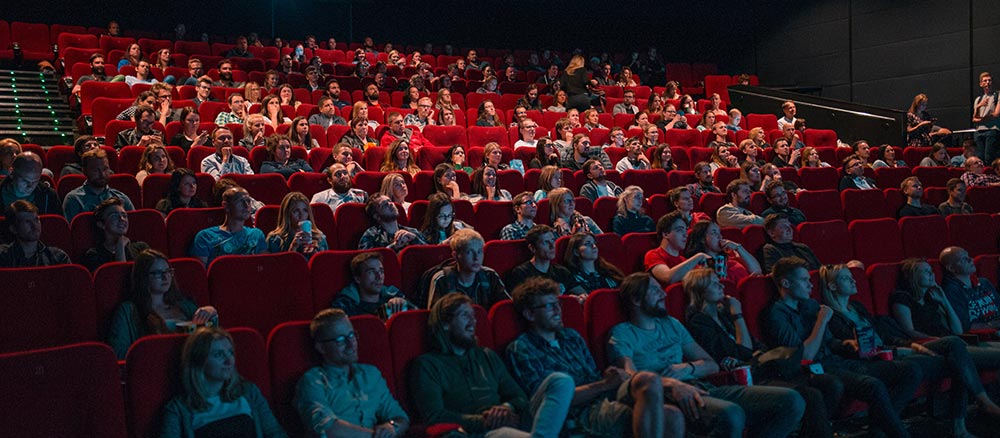
The Rise of Indie Films: How Small Budgets Are Making a Big Splash
For many, the word "film" conjures images of big Hollywood productions with star-studded casts, lavish sets, and multi-million-dollar budgets. However, an entirely different form of filmmaking is gaining traction and challenging the established norms of the movie industry. Enter the world of independent, or "indie," films—low-budget productions that prioritize artistic vision over commercial viability.
The Definition of Indie
Independent films are primarily characterized by their low budgets and absence of studio backing. Often created by emerging filmmakers, these productions focus on storytelling, character development, and social commentary. They may lack the gloss and glamour of blockbuster movies, but what they do offer is a fresh perspective and a deeply personal connection between the filmmaker and the audience.
The Pioneers and Game Changers
Quentin Tarantino's "Reservoir Dogs" (1992) and Kevin Smith's "Clerks" (1994) are often cited as seminal works that proved indie films could capture the public's attention. Similarly, movies like "Paranormal Activity" (2007) showed that a minimal budget doesn't mean minimal impact. These films not only gained critical acclaim but also generated substantial box-office revenue, signaling a change in audience preferences.
The Digital Revolution
The advent of digital technology has dramatically lowered the entry barriers for aspiring filmmakers. Gone are the days when movie making was solely the domain of big studios. Now, armed with a digital camera and editing software, anyone can make a film. Websites like Kickstarter and IndieGoGo have made crowdfunding a viable option, allowing filmmakers to raise capital without studio interference.
Festivals: The Gateway to Stardom
Film festivals like Sundance, Cannes, and Toronto International Film Festival (TIFF) have become critical platforms for indie films. Winning an award at such festivals not only boosts visibility but often also guarantees distribution deals. Movies like "Whiplash" and "Moonlight" transitioned from festival darlings to mainstream successes, picking up multiple awards along the way.
Why Audiences are Turning to Indie Films
With their unique storytelling and focus on nuanced characters, indie films offer a reprieve from the formulaic narratives commonly found in blockbusters. They often tackle themes and social issues that mainstream cinema shies away from, making them more relatable to a segment of the audience that seeks depth and substance in their film choices.
The Streaming Impact
Platforms like Netflix and Amazon Prime have opened new avenues for indie films. While these platforms are also home to big-budget movies and series, they have become vital distribution channels for indie filmmakers who might not have the resources to secure a wide theatrical release.
Challenges and the Road Ahead
While indie films have made significant strides, challenges like limited marketing budgets and the ongoing COVID-19 pandemic threaten to stymie their growth. However, the increasing support from streaming platforms and the sheer passion and resilience of indie filmmakers are promising signs.
Indie films have carved a niche for themselves, offering a counter-narrative to mainstream cinema. They are proof that you don't need a massive budget to make a compelling movie; all you need is a good story and the passion to tell it. As technology continues to democratize filmmaking, and as audiences grow ever more discerning, indie films are not just making a splash—they're here to stay.
With their unique approach to storytelling and ever-growing audience base, indie films have successfully challenged the status quo, proving that sometimes, small really is beautiful.